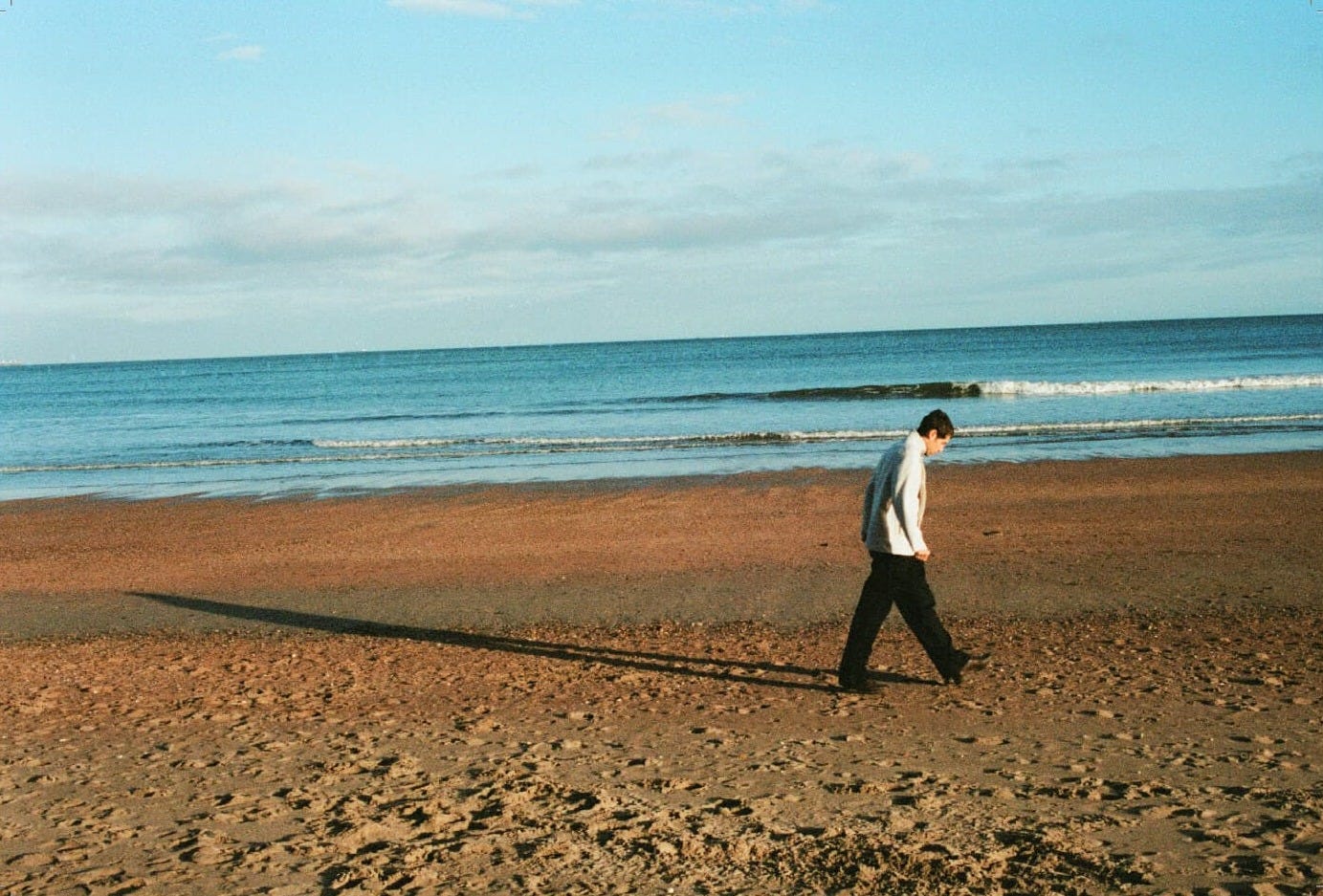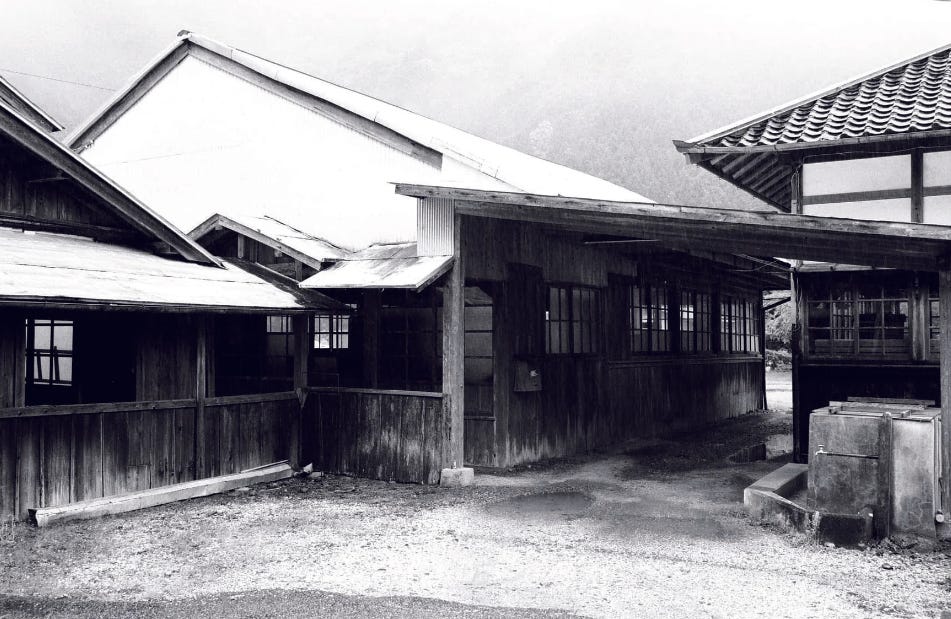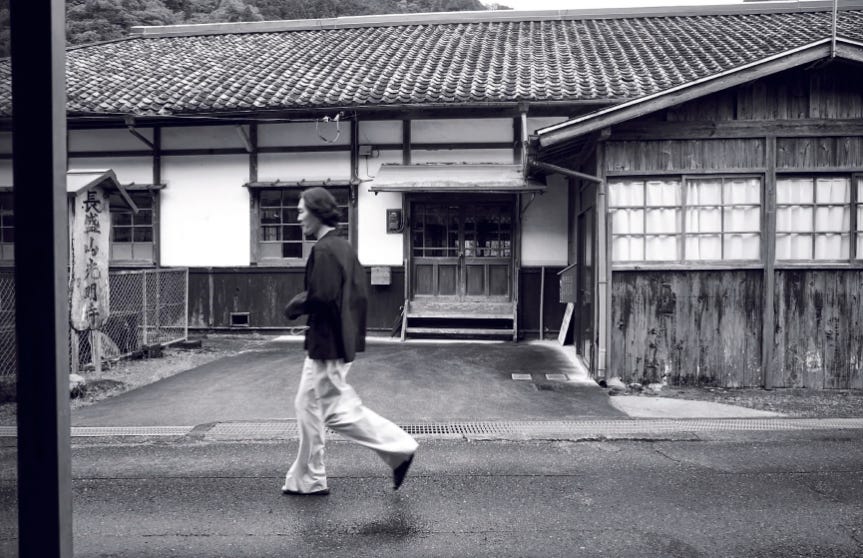PRESENT FOREVER is the go-to source for exploring independent clothing and style. Become part of this off-beat universe by subscribing or upgrading here:
seya.’s founder Keiko Seya recently moved from Paris to Tokyo. It means that the brand is traveling the world along with her. What might be a cause of stress for others running an emergent label, doesn’t seem to concern Keiko in the least. The move is only fitting for what seya. [sic] is about. Founded in 2017, after years of various other roles and projects in the industry, her new brand is “based nowhere.” “I’m not a person that stays at one place forever,” Keiko tells me in her characteristically to-the-point answers. seya.’s creations — seventeen collections so far — are made for “citizens of the world” and reflect a kind of 21st-century nomadism, one of airports, for sure, but also of an openness to other cultures, a fascination with the genuinely new, and an interest in centering the peripheral.
“Paris is my city. Tokyo is my city,” says Keiko. “France is not my country. Japan is my country.” Because she’s Japanese, seya. was considered a Japanese brand when she lived in Paris. Now that she’s back in Tokyo, it’s seen as a Japanese brand with a Parisian flair — comfortable, nonchalant, mature, well-considered. The decision to move back to Japan was mostly practical: it’s where almost all of seya.’s custom fabrics are made and where its production takes place. “It’s easier, time-wise and cost-wise.” But it wasn’t only practical. “It’s also for researching Japanese fabrics, traditional artisan techniques, and factories.” That’s become Keiko’s standard practice with seya.: for every season she travels to another region to meet new people, understand their way of life, and work together with local artisans and manufacturers to produce handmade clothes, objects and scents that are of that place.
If the term hadn’t been colonized by the industry, quiet luxury would be a pretty apt description of seya.’s soft-hued, elegantly minimalist and oversized clothes. The fact is that breaking with the norms and rules of that industry is what Keiko is after. With seya. she does that by taking a documentary and collaborative approach, aimed to express “raw culture.” When browsing through the brand’s archive, this becomes vividly apparent. A small selection — #0 Pre Voyage, #10 Cap de Formentor, SS23 Bosporus, AW23 Faroe Islands, SS24 Siwa Oasis, SS25 Totsukawa — is enough to take you on a global journey from Spain and Turkey to the North Atlantic Ocean, Egypt and a small mountain village in Japan. It’s this nomadic spirit, physically moving through space in order to keep the mind on the move, that helps Keiko “keep free from norms” and “create without being bound by any dominant rules.”
“I feel that our position with seya. is off-center,” says Keiko. “I know the industry, but I try not to be involved in the typical business of fashion.”


To do things differently, especially in this particular way, isn’t easy. Far from it. “We are a small team, and we’re almost constantly traveling. Catamarca, Buenos Aires, Bangkok, Mekong, Kashmir, Kerala, Yihun Lhatso, Mallorca, Moldova, Istanbul, Skinningrove, Lozere — not cliché, beautiful places, but places that are truly special, and sometimes weird.” Yet, a new collection has to be ready every six months. That’s a significant challenge for any brand. It’s a “big issue” for seya., whose process of making a collection involves all the usual steps from design to production except that a lot of it takes place “in the wild” and “on the go.” It requires a perfect schedule. It demands utter commitment and patience. And, last but not least, there’s always that stroke of luck needed when trying “to find the right persons to work with,” remotely or while in a totally unfamiliar place.
Because of her previous work as a fashion editor, Keiko had more than an inkling of what it takes to run a brand. But still. “I only knew it from the other side of the business. To really do it isn’t quite the same. It isn’t easy at all. It’s very difficult. I had to learn a lot.”
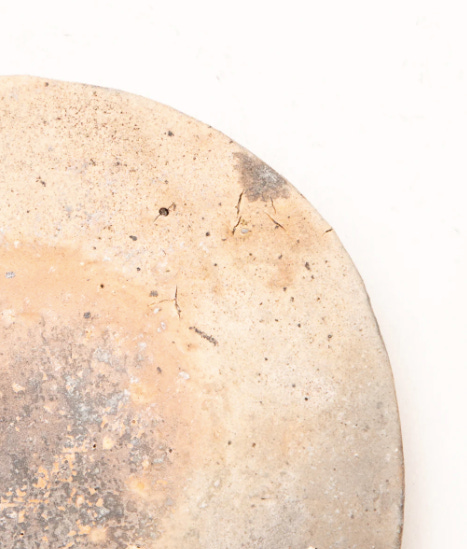


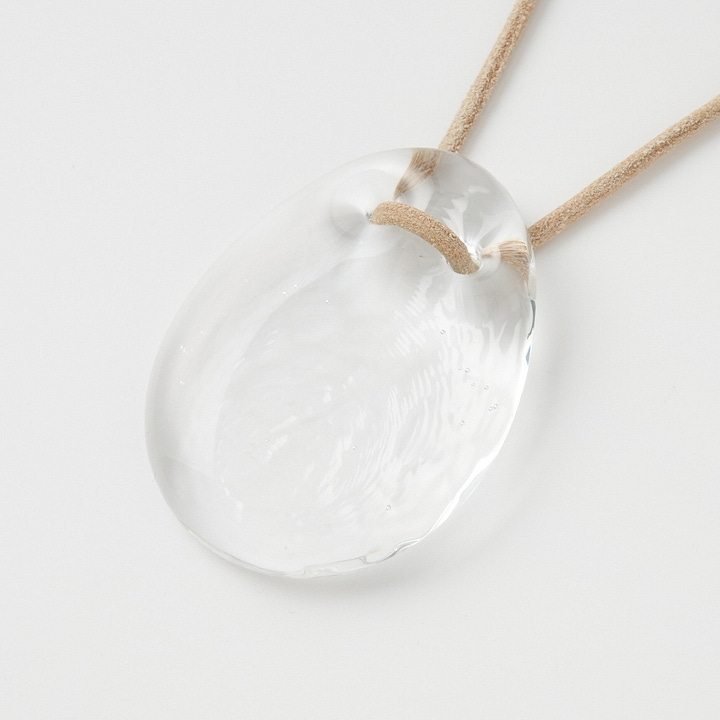
There are some striking ambiguities at the heart of seya. When asked what most inspires her, Keiko speaks of “sunset sky, wind, breezes with the scent of wood.” Yet it’s materiality that’s defining of her brand’s DNA — as well as a major factor behind its exclusive character. AW24 featured a brown coat in double face yak (€1661,95 on sale) and a shirt cut from a super fine wool/silk flannel (€550,95 on sale). Among this season’s SS25 items are a zip-front sweatshirt (€530) with a rare organic cotton inlay pile fabric, slowly woven in Japan on one of the world’s rarest suspension knitting machines, a pair of loose fitting pants in a very airy, custom-made summer wool herringbone (€660), and all kinds of shirts in mysterious sounding luxurious fabrics like indigo rain vegetal dye crepe, crepe shell ginger dye, kimono silk gauze, omi ikat, micro brush cotton, and foggy linen.
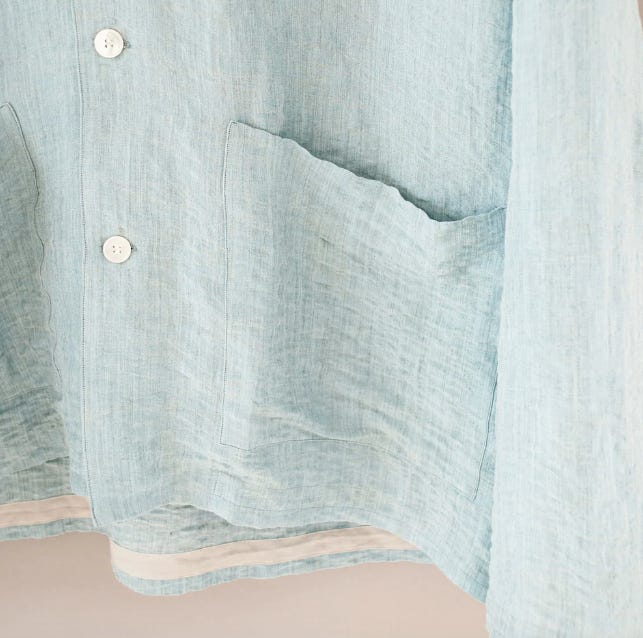
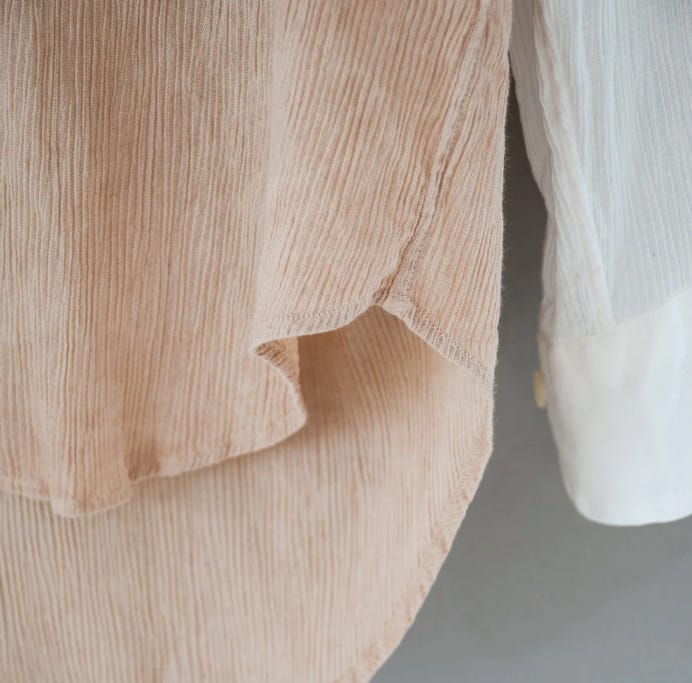


And the other ambiguity? seya.’s raw and unassuming imagery, shot on the location which inspired a specific collection. For this the brand frequently works with Canada-born, England-based photographer Jeff Boudreau. On one of the images that first drew me to seya. there’s a model wearing a double face yak half coat, a silky track pullover, a silky pair of trousers, and a classic button-down shirt while playing soccer with two children on the streets of Skinningrove, a man (their father?) standing in the background, both hands in his pockets, casually keeping an eye on them.


The scene reminds me of a saying — I forget the exact words and which designer said it: the point is for people to wear clothes, not to be worn by them. There are many ways to put this, and it doesn’t really matter which one you choose. The sentiment is clear enough.
It’s about opposing that which perpetuates authority, coercion or hierarchy. For some, this sentiment informs their heady criticism of society, politics or the economy. That’s needed because most of the time we aren’t aware of that which dominates us. After all, it’s we ourselves who are often doing the dominating — through self-image, through habits, through expectations, through ambitions.
The opposition between things that dominate us and things that liberate us runs through material reality as well, however. It’s in what you eat. It’s in what you drink. It’s in what you wear. It’s in what you buy. It’s in what you love and hope for.
We long for answers and solutions, but the world consists of paradoxes and contradictions. Because of this mismatch, it can be extremely difficult to ascertain what’s dominating and what’s liberating. Besides, even when feeling liberated, we may struggle to know what we want to do with our hard-won freedom. We may, in fact, have no clue of what it means to become knowledgeable of our purpose in being free.
At the risk of overstating my case, I believe that a growing number of brands — including seya. — are helping us address these issues. That’s what makes them more than businesses selling products to make profit. There’s no formula for whatever this is. It’s in their focus and attention. It’s in the quality of what they make. It’s in their commitment to an idiosyncratic approach and singular vision. It’s in the life experiences and cultural interests they bring to the table. And, last but not least —yes; fundamentally, crucially — it’s in the spirit of independence that makes them spare no time, no energy, and no costs in pursuing all this.
It doesn’t mean that niche brands are like manna from heaven in the wilderness of Capital. They belong to this wilderness too. And that’s fine. The only way to escape from a wilderness is from within that wilderness — just like the only true way up is by staying close to the ground. Think of it this way. Our Earth is in danger. Rather than joining billionaires to another planet, it seems best to be as down-to-earth as possible. That’s not the same as standing still. As seya. shows us, it’s called place-based nomadism.
seya. is available at Neighbour, C’H’C’M’, Andreas Murkudis, Opia, Biotop, Maidens and several other stockists worldwide as well as through its own online store.


